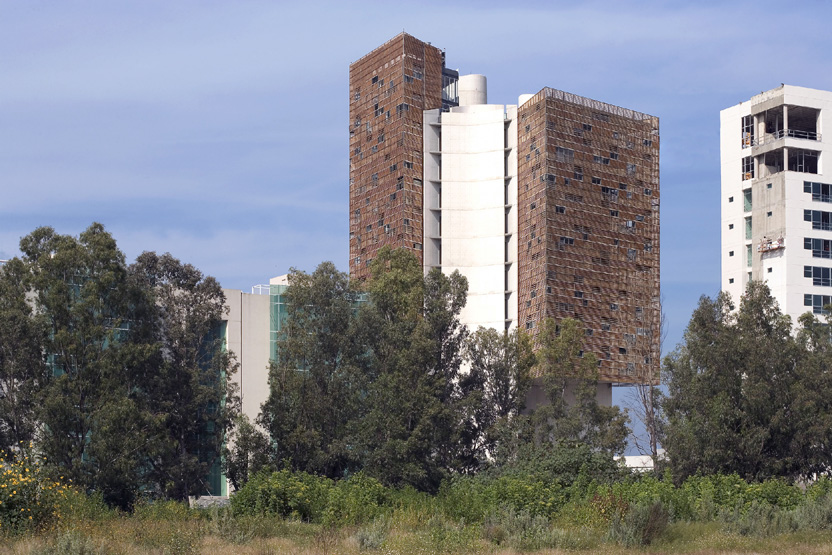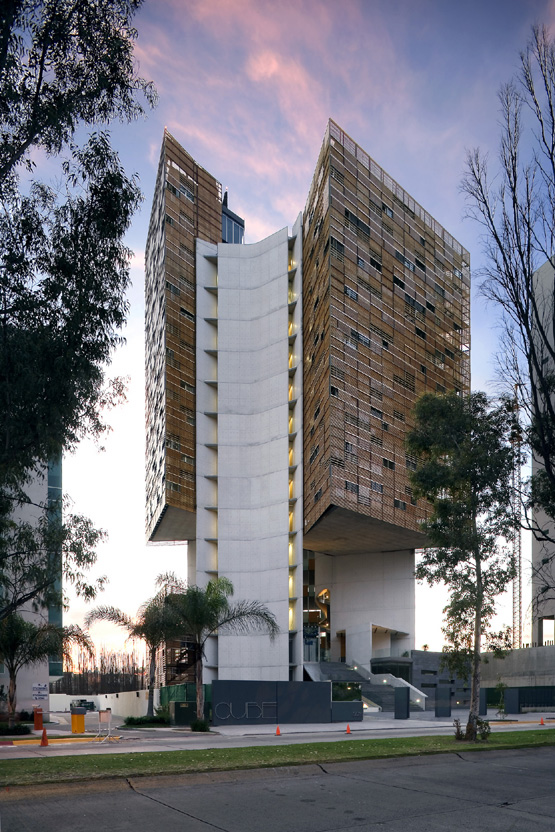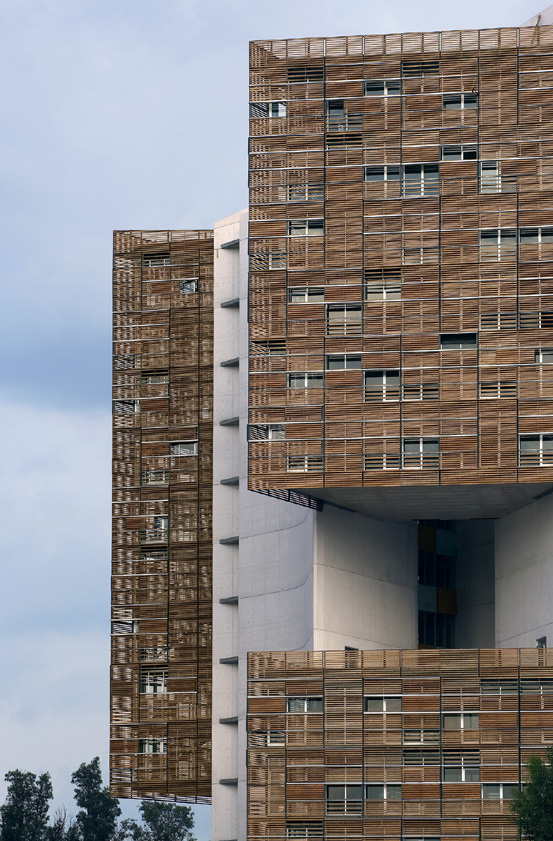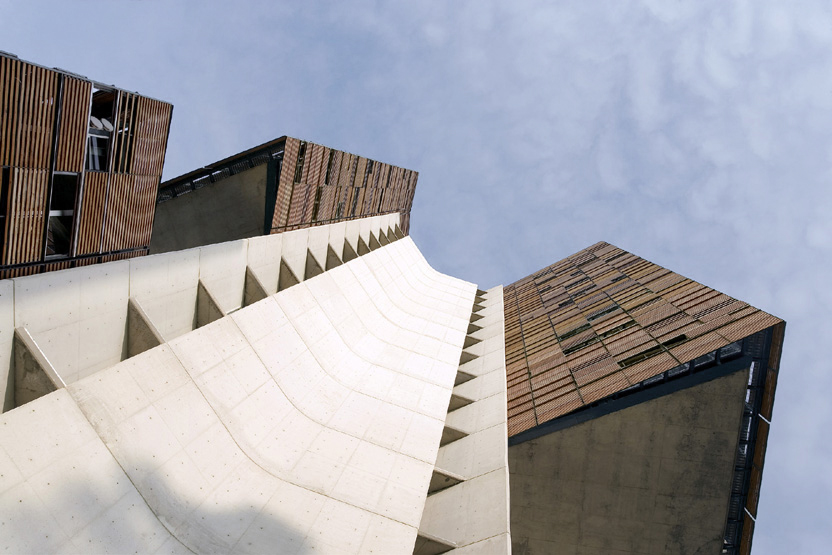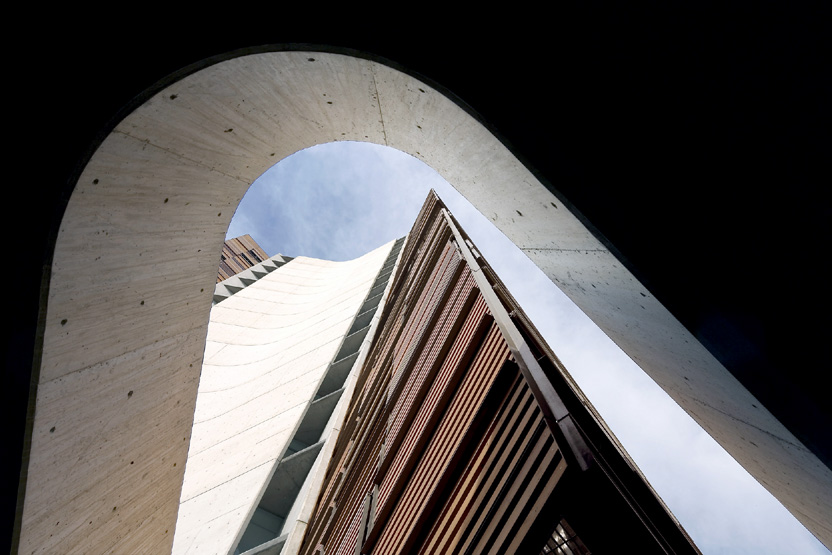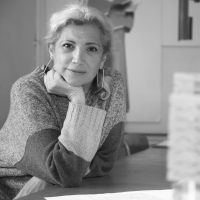
Carme Pinós Desplat
- Site : www.cpinos.com
- Adresse : Diagonal, 490. 3-2 08006 Barcelone
Carme Pinós graduated in Architecture, Urbanism and Landscape Architecture from the Barcelona School of Architecture (ETSAB) in 1979. From 1982 to 1991 she shared a studio with EnricMiralles and then went on to set up her own firm, Estudio Carme Pinós. Since then, she has worked on numerous projects ranging from landscape design and urban refurbishments to public works and furniture design. Her sharp approach to design, anchored by a constant focus in experimentation and research, has made her work garner worldwide recognition. Throughout the years, her combination of innovative projects and teaching and research activities has earned her acknowledgement from her peers, colleagues and students alike.
Her passion for territory and the human scale has always made it difficult to classify her work. Somewhere between architecture, urbanism and landscape, her buildings are never simple objects that rest on the ground, but rather volumes that seize the exterior, places where transitional spaces help to assemble the whole. Her interventions are always generous with their context and they respond to the determination to create spaces of communication, of cohabitation where people can develop their sociability.
When speaking of Carme Pinós it is not easy to separate her innovative and pioneering projects from the enriching debate and dissemination of her ex¬perience, expertise and broad curiosity, provided through numerous lectures, workshops and international multidisciplinary projects in which she has always exercised research leadership. Through these activities, which have gone hand in hand with her professional practice, Carme Pinós has woven a net¬work of relationships with professional partners, the academic world, industry, government, etc.
Following is a short summary including the most outstanding milestones of Carme Pinós’s professional practice, educational experience, awards and honorable mentions, as well as other means by which her work has been disseminated, such as lectures and exhibitions.
|
CUBE. Office Tower
CUBE TOWER
GUADALAJARA, MÈXICO
The basis of this project was the desire to create a building in which all offices are well-ventilated, have natural light and take advantage of Guadalajara’s good climate, rendering air conditioning unnecessary.
We were asked for a single building with restricted floor area but unrestricted height. Thus, we choose to build vertically; three concrete nodes contain all services and vertical circulation, and are the columns that support the whole building. Both the office modules and the parking area are free from obstacles.
The space between the three concrete cores is open to the sky. Alternately three floors of the building are omitted so that light floods into this central space from the side, while the voids become huge windows for the offices that look onto it. Moreover, they allow for cross-ventilation.
An external skin of wood louvres mounted on sliding panels acts as sun shade; this allows for vertical air flow air while it prevents the glass enclosure from becoming too warm.
|


